


Scan here for certificate grain free

From the wilderness to forest, from grassland to deep sea, KitchenFlavor never stops the quest for delicacy.
Read moreWhat people are saying about kitchen flavor.
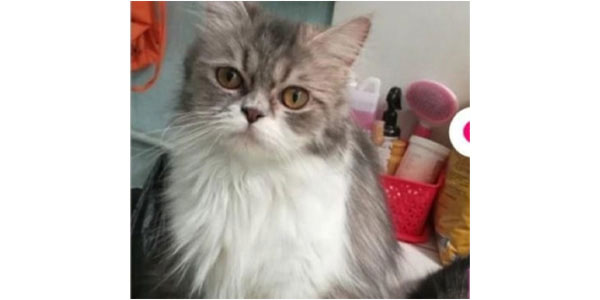
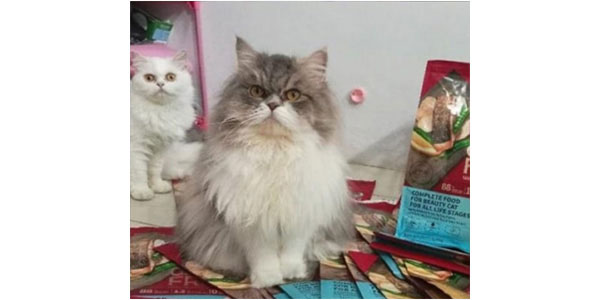
My kitten eats this, and their fur doesn't fall out, and they can eat up to 6 times a day.
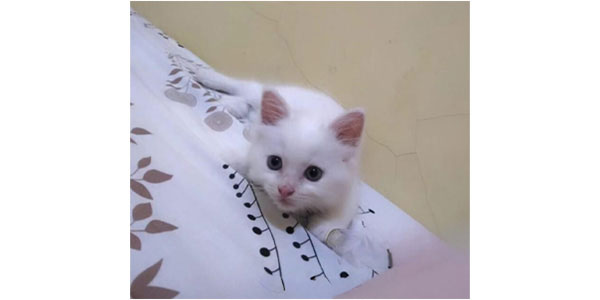
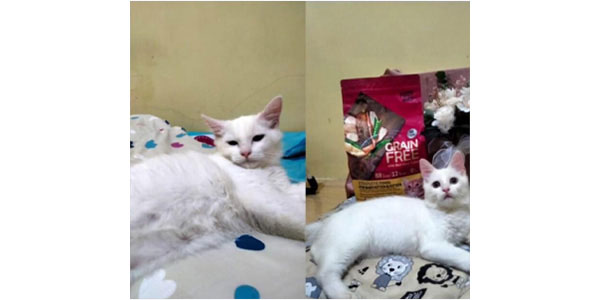
I recommend this, it's actually suitable for those with sensitive digestion.
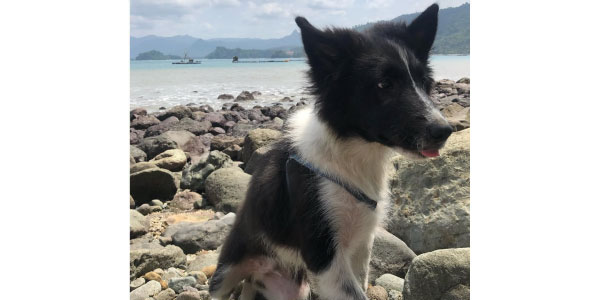
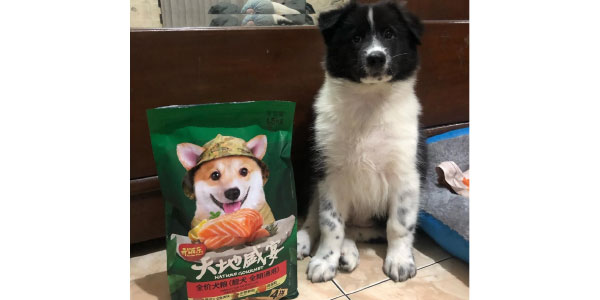
My cat uses the Beauty variant and it's really, really good for their fur.
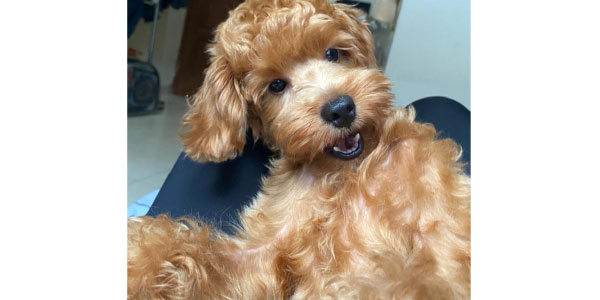
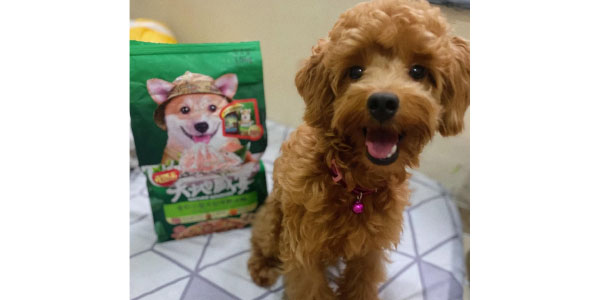
The Kitchen Flavor is actually good, I gave it to my cat with the same serving size as another brand (same price), but my cat can get full and isn't fussy, whereas with the other brand, they get really fussy.
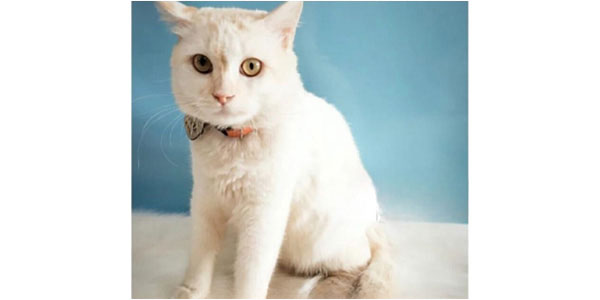
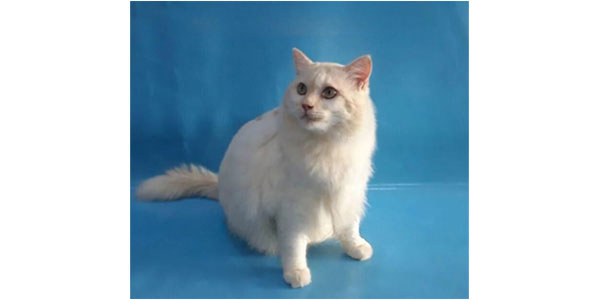
Both of my cats use Kitchen Flavor dry food and they love it, and it's definitely really good!
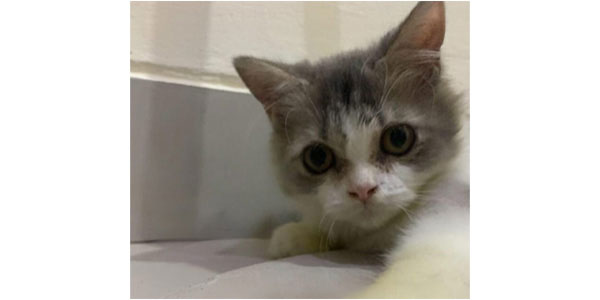
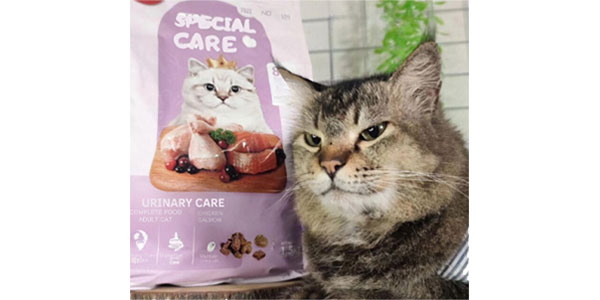
My cat used to eat a lot but didn't gain weight, instead they became really skinny like a stray cat. Then I switched to Kitchen Flavour and now they're doing great, they've even gained weight and look like a different cat!
The Importance of Recognizing Warning Signs A healthy digestive system is key to your cat's quality of life. Digestive issues are common problems that can range from minor discomfort to serious conditions. As an owner, recognizing early signs and understanding the appropriate management steps is crucial. Gastrointestinal diseases can affect the stomach, small intestine, large intestine, or the entire digestive tract of your cat. Primary Causes of Digestive Issues The causes of digestive problems in cats are highly diverse, including: Sudden Dietary Changes: Transitioning food too quickly can upset the balance of gut bacteria. Food Allergies or Intolerances: Reactions to specific ingredients (e.g., certain proteins or grains). Parasites: Worms or protozoa (such as Giardia or Coccidia). Ingesting Foreign Objects: Hairballs or other indigestible items. Serious Illnesses: Inflammatory Bowel Disease (IBD), hyperthyroidism, kidney disease, or lymphoma (intestinal cancer). Management and Home Care (Mild Cases) If your cat is experiencing mild diarrhea or occasional vomiting and still seems active (not lethargic), a few at-home management steps can help: Short Fast: To soothe an inflamed intestine, fast the cat from solid food for 12 hours (always provide access to water). Bland Diet: After fasting, offer a bland diet in small, frequent portions. Examples: plain boiled chicken without skin and plain white rice (1:2 ratio), or a specialized diet food prescribed by a veterinarian. Probiotics: Administer pet-specific probiotic supplements to restore a healthy balance of gut flora. Ensure Hydration: It is crucial to make sure your cat drinks enough water to avoid dehydration, especially when vomiting or having diarrhea. CAUTION: Never administer human over-the-counter (OTC) medications without veterinary approval, as many are toxic to cats! When to Consult a Veterinarian Digestive issues in cats can worsen rapidly. Immediately contact your veterinarian if your cat shows any of the following signs: Vomiting or Diarrhea Continues for more than 24 hours. Severe Lethargy or Weakness (unwillingness to move or unresponsive). Vomiting Blood or Bloody/Tarry Black Diarrhea. Pale Gums (a sign of severe dehydration or anemia). High Fever. Potential Medical Treatments from the Veterinarian: Diagnostic Tests: Blood work, fecal tests, ultrasound, or X-rays to find the exact cause (e.g., foreign body or IBD). Fluid Therapy (IV Drip): To manage severe dehydration. Anti-Vomiting/Anti-Diarrhea Medication: Drugs to settle the digestive tract. Therapeutic Diet Change: Veterinarians often prescribe special prescription diets (Veterinary Diets) designed to support gut health. With careful monitoring and prompt action, most cat digestive issues can be managed successfully. Support Better Gut Health Every Day For cats with sensitive digestion or a history of vomiting, diarrhea, or food intolerance, daily nutrition plays a crucial role in long-term recovery and comfort. Choose Kitchen Flavor Digestive Care, carefully formulated with easily digestible ingredients, balanced fiber, and essential nutrients to support a healthier gut, improved stool quality, and overall well-being. You can find it in our official online store or at your trusted local pet shop. Give your companion the gentle, targeted nutrition they need — and help them feel better from the inside out, one bowl at a time.
Why Your Cat's Immune System is So Crucial A cat's immune system is a complex network of cells, organs, and proteins that protects them from diseases, bacteria, viruses, and parasites. A strong immunity acts like an invisible shield, ensuring your cat can navigate the world (or at least your home) safely. When a cat's immunity drops—often due to stress, poor nutrition, or illness—they become vulnerable to common infections like cat flu (FVR/FCV), skin issues, or digestive problems. Therefore, maintaining immunity is the best form of prevention to ensure long-term health and optimal quality of life for your cat. Core Pillars to Boost Your Cat's Immunity Strengthening a cat's immune system requires a holistic approach, encompassing diet, environment, and medical prevention. 1. Complete and Balanced Nutrition Food is the foundation of strong immunity. Nutritional deficiencies—even minor ones—can weaken the immune response. High-Quality Protein: Ensure your cat's food lists animal protein as the main ingredient. Protein provides the essential amino acids needed to build immune cells. Omega Fatty Acids: Omega-3 and Omega-6 (found in fish oil) have potent anti-inflammatory properties, helping to reduce chronic inflammation that can suppress immunity. Antioxidants: Vitamins E, Vitamin C, and Beta-Carotene (often found in vegetables) protect the body's cells from free radical damage. 2. Stress Management and a Calming Environment Stress is one of the biggest suppressors of a cat's immunity. When cats are stressed, their bodies produce cortisol hormones, which can inhibit immune function. Resource Provision: Ensure each cat has adequate access to its own food bowls, water dishes, litter boxes, and resting areas. Enrichment: Provide toys, scratching posts/cat trees, and interactive playtime daily to reduce boredom and anxiety. Feliway/Diffusers: Use pheromone diffusers to help create a calmer environment, especially during major changes (e.g., introducing a new pet or moving home). 3. Gut Health through Probiotics The digestive tract (gut) is home to approximately 70% of a cat's immune cells. Therefore, a healthy gut means strong immunity. Probiotics: Giving cat-specific probiotic supplements helps balance the good bacteria (gut flora), which aids in fighting pathogens and strengthening the gut lining. Prebiotic Fiber: Soluble fiber (often present in premium foods) feeds the beneficial bacteria in the gut. 4. Vaccination Schedule and Routine Check-ups Medical prevention is a critical part of programmed immunity. Regular Vaccination: Ensure your cat receives core vaccines (like FVRCP and Rabies) according to your veterinarian's recommended schedule. Vaccines teach the immune system to recognize and fight specific diseases. Annual Vet Visits: Routine check-ups allow for early detection of health issues (like dental disease or kidney problems) before they severely weaken the immune system. 5. Adequate Sleep and Environmental Hygiene Just like humans, cats need quality sleep to recover and strengthen their immune response. Safe Resting Area: Ensure your cat has a warm, quiet, and safe place to sleep without disturbance. Clean Litter Boxes: Regularly maintaining clean litter boxes and feeding areas minimizes exposure to bacteria and parasites, reducing the workload on the immune system. Conclusion Immunity is the treasure trove of your cat's health. By providing premium nutrition, minimizing stress, and staying consistent with medical check-ups, you are proactively building the strongest defense for your cherished cat. Build Strong Immunity from the Inside Out If you want to support your cat’s natural defenses with daily nutrition that works proactively, choose Kitchen Flavor Immunity Care. Formulated with high-quality animal protein, essential fatty acids, and immune-boosting antioxidants, it helps strengthen your cat’s immunity, reduce vulnerability to infections, and support long-term vitality. You can find it in our official online store or at your trusted local pet shop. Give your feline companion the nourishment that protects them every day — because a strong immune system is the greatest gift you can offer for a healthy, happy life.
In recent years, the grain-free diet trend has become a major topic of discussion among pet owners, especially those with dogs and cats. But is this diet truly important? The answer lies in understanding the natural nutritional needs of our furry companions. Dogs and cats are genetically carnivores, meaning their digestive systems are naturally designed to process animal protein. While dogs have evolved to digest carbohydrates (including grains) better than cats, an excess of grains (such as corn, wheat, or soy) in their diet can still lead to problems. Why is Grain-Free Important? The grain-free concept is not just about avoiding carbohydrates, but about optimizing nutrient sources and reducing potential allergy triggers. 1. Reducing the Risk of Food Allergies and Sensitivities Grains, especially wheat and corn, are among the most common food allergy triggers in dogs and cats. These allergic reactions can manifest as: Chronic itching and skin inflammation. Recurrent ear infections. Digestive issues (diarrhea or vomiting). By eliminating grains, a grain-free diet significantly reduces exposure to these common allergens. 2. Easing Digestion (High Digestibility) As carnivores, the digestive systems of cats (obligate carnivores) and dogs (facultative carnivores) work most efficiently when breaking down protein and fat. Grain-Free Food: Typically has a higher content of animal protein and replaces grains with complex carbohydrates that are easier to digest, such as potatoes, sweet potatoes, or certain legumes. This aids in better nutrient absorption. 3. Controlling Blood Sugar and Weight Grains often have a high glycemic index, which can cause blood sugar spikes. For pets, especially those prone to diabetes or obesity, a grain-free diet can help maintain more stable blood sugar levels by prioritizing slower-digesting carbohydrate sources. The Role of Kitchen Flavor in the Grain-Free Diet Choosing a grain-free product must be done wisely. The quality of ingredients and nutritional balance are key. This is where Kitchen Flavor stands out as a reliable choice. Kitchen Flavor understands the natural dietary needs of dogs and cats and offers a premium grain-free food solution with the following advantages: Animal Protein as Priority: Kitchen Flavor's formulation consistently places high-quality animal protein sources as the primary ingredients, supporting strong muscle development and meeting the energy needs of a carnivore. Healthy Carbohydrate Replacements: Instead of using cheap grains, Kitchen Flavor utilizes ingredients like sweet potatoes, peas, and other vegetables that provide fiber and energy but are easier to digest and less likely to trigger allergies. Balanced Supplemental Nutrition: Kitchen Flavor foods are fortified with Omega fatty acids (for skin and coat health) and other essential vitamins and minerals, ensuring your pet is not only free from grains but also receiving complete and balanced nutrition. Conclusion Providing a grain-free food like Kitchen Flavor is a long-term investment in your pet's health. It is a way to respect their natural genetics and provide the most efficient nutrition, allowing them to live healthier, more active lives, free from digestive or allergic issues caused by grains. Choose a Better Bowl for a Healthier Life If you’re ready to support your pet’s natural dietary needs with balanced, grain-free nutrition, choose Kitchen Flavor Grainfree series. Formulated with high-quality animal proteins and digestible, allergy-friendly ingredients, it’s designed to help your pet thrive with stronger digestion, healthier skin, and more stable energy. You can get it easily from our official online store or your trusted local pet shop. Give your pet the nourishment they are built for — and watch them live healthier, happier, and more confident with every bowl.